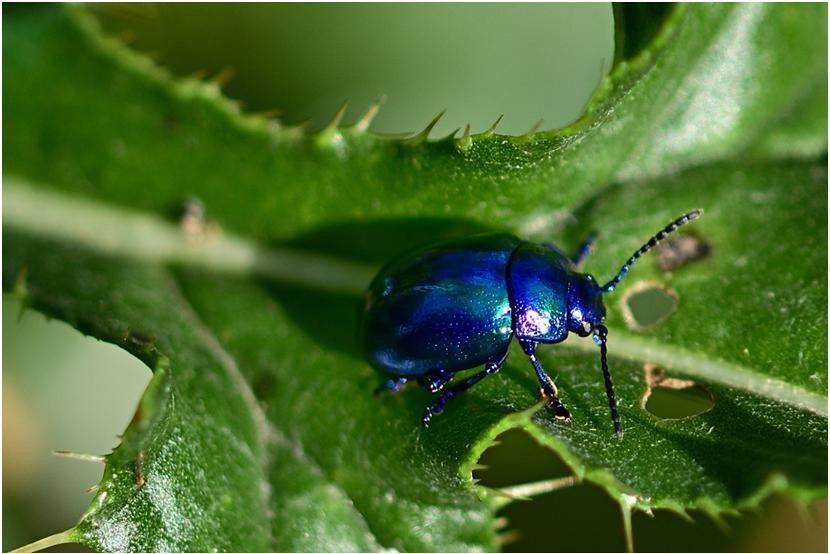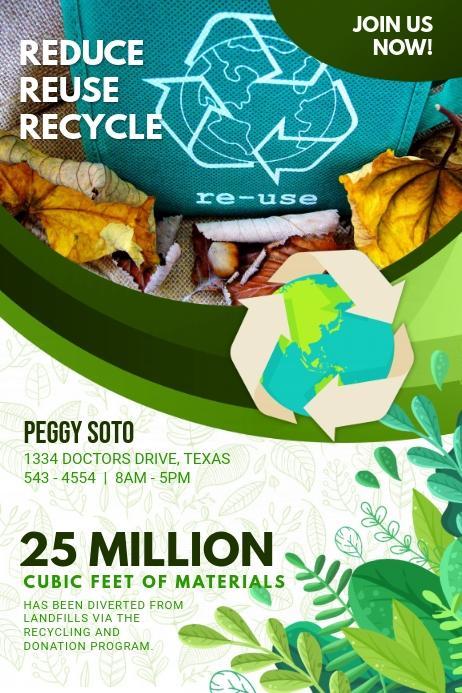
3 minute read
The plastic future is in Insects


Advertisement
Shrilk: the plastic of the future
Shrilk: the plastic of the future

Javier G. Fernández has in his hands the possibility of revolutionizing industrial processes worldwide. It has developed a material called shrilk that is much stronger than plastic and is also biodegradable. Experts say that it is called to be one of the materials of the future and Fernández seems willing to fight for it. More now, which for six months has been installed at the Singapore University of Technology and Design (SUTD), a recently created university that aspires to be a new international university benchmark.
The Shrilk could become a substitute for plastic in the not too distant future. Thanks to its high resistance, strength and manageability, it could also be used without any problem in some surgical procedures, according to what scientists around the world estimate.
It is a material that has been developed by a team of researchers from the Wyss Institute for Biologically Inspired Engineering, belonging to Harvard University, who achieved its creation has the hardness and resistance of an aluminum alloy and with halfits weight. What is the Shrilk? Shrilk is a biodegradable material that comes from the cuticle of insects, composed mainly of several layers of chitin, which refers to a polymer composed of polysaccharide and proteins that are organized in a structure similar to that of wood.
Once chitin undergoes a series of physical and chemical interactions, it becomes a very versatile material, as it is resistant and easy to mold, making it ideal as a cheap and safe substitute for plastic that is It is currently used to make various products, but it is much more biodegradable.
Shrilk, has a name that comes from its chemical composition characterized by the presence of the protein fibroin silk and chitin. These materials are generally found in shrimp shells, so they provide protection without altering the volume or weight of the elements.
Javier G. Fernández. Trained at MIT and Harvard University
Shrilk: the plastic of the future

How is Shrilk produced?
The Shrilk is very tough. Once it undergoes a physical and chemical process, controlling the water content, it can adopt a rigid or elastic texture, which makes it one of the most versatile that exist in the world of biodegradable materials. It can be said that it is a material as strong as aluminum.
Its production process is as follows:
Chitin is extracted from the shells of crustaceans and insects. The sodium hydroxide is mixed with the chitin. This combination converts chitin to chitosan, which is a polysaccharide that is generally used in the water filtration process, among other uses.
Silk protein is combined with chitosan. Depending on the amount of water used in its transformation processes, the Shrilk obtains a specific manageability and elasticity. This makes it an ideal material to make bags, disposable diapers, among other products whose degradation takes place in just two weeks. One of the great advantages of chitosan is that it is a very cheap and easy to find substance. This will make it in the future a special candidate when it comes to making plastics for different uses.
This material also fulfills an interesting function, as it helps the growth process of the plants to take place more quickly by stimulating them when it is applied regularly. Surely now you want to know more about this compound.
Also the uses to which Javier G. Fernández's material is open are many but basically there are two major industries interested. On the one hand the manufactures that make plastic objects and on the other medicine. In the first case, the main challenge is the cost since the silk used in the process is too expensive to compete with the materials with which the plastic is manufactured.
In recent years they have looked for alternatives to silk that make it more affordable at an economic level and are immersed in offering not only the raw material, but also the tools, basically 3D printers that replace the old machinery.







